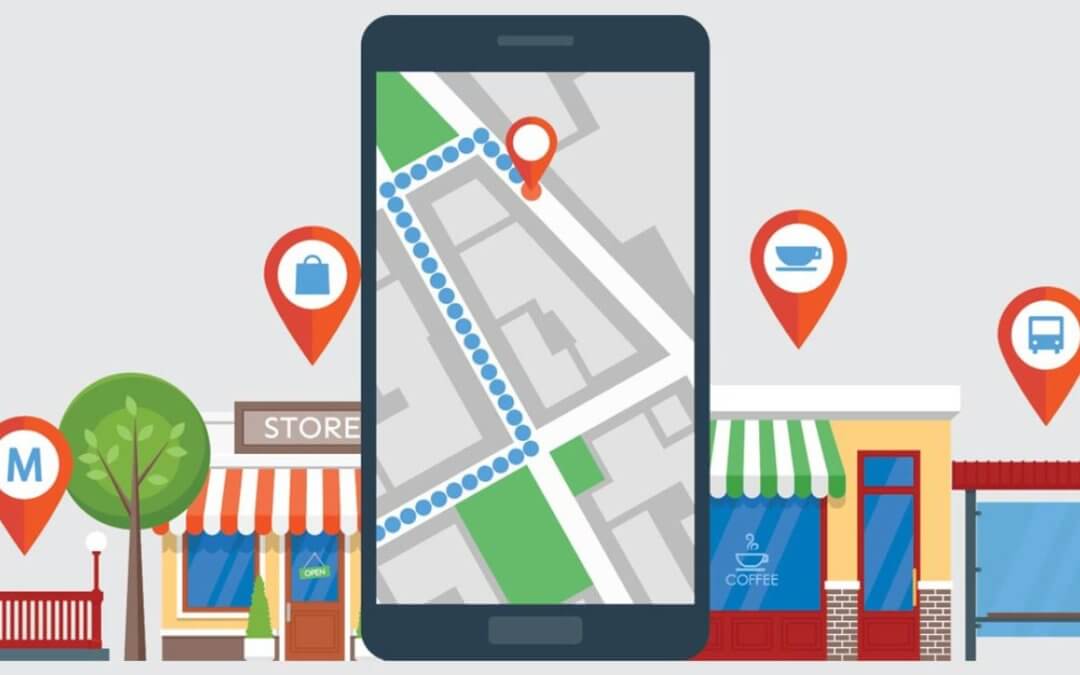Randy Wootton and Moment Marketing
Continuing our Emotive Brand expert series, we’re interviewing past and present Emotive Brand clients to discover what they do better than anybody else – and how that expertise can be used to embolden your brand today.
In this post, we speak with Randy Wootton, former CEO of Rocket Fuel, a past Emotive Brand client whose positioning project resulted in a major acquisition for the company. In this interview, we talk about the evolution of marketing and advertising today and why brands poised for success are focusing in on what Randy calls “Moment Marketing.”
Below, we discuss his book in-progress and hear what he has to say about one-to-one marketing, audience segmentation, AI, and the future of advertising. Could advertising ever be truly helpful for consumers? Even welcome? Randy says it’s possible. Read his interview below:
Tell me about your book-in-progress, Moment Marketing?
First, let me clarify what I mean by “moment”. When I use that term, people often think about big moments in their lives: the groundbreaking discovery, a wedding proposal, or solution to a difficult problem. But 99% of moments are banal. Moment marketing means you reach the right person at the right time, at the right place, in context.
Last weekend, for instance, I sat on my couch and watched the Raiders with my 11-year-old son. He played a Disney game on his phone. I checked email. It was a perfect opportunity for Disney – or a similar advertiser – to create a wraparound experience. If they could push an ad to me for a 20% discount on my next trip while also placing an ad in my son’s game, chances are the advertising would be a lot more effective than a Disney billboard I pass on the way to work.
If we’re targeting individuals, is that the end of audience segmentation?
I think it is. Segments can be helpful but they also limit you. Think about one of the popular segments: soccer moms. Marketers make many assumptions about this group and target based on age, gender, and location. But segments don’t capture the robustness of individuals. They don’t describe individuals; they don’t tell you that one mom has other kids who do baseball and guitar but hate soccer.
When you track individuals’ actions, interactions with brands, and purchases and then target them one-on-one, you can be much more precise. What’s even better than that, though, is engaging them at the right time, in the moment.
You have said that consumers could eventually welcome advertising. Really?
Think about Amazon today. When you look for a book, they suggest other titles you might enjoy as well as reviews of those books. When you get this data at the right time, in context, it improves your experience. Consumers aren’t opposed to advertising, they are opposed to bad advertising!
In a world of Moment Marketing, what will stop advertisers from hounding me with ads for the pair of shoes I didn’t buy?
Online advertising today is disruptive and interruptive. Moment marketing requires companies ingest lots of data in near real time and take action in less than 20 milliseconds. That’s where AI comes in. You need insight engines to mine all of this data or you’ll get overwhelmed and drive your customers and prospects crazy. AI can help us discern the relevant data and then deliver advertising at the right time, in context.
Do you think marketers are ready for AI?
Right now, we are still in early innings of understanding the possibility of data. Think about when people first rode in cars. It probably seemed very dangerous. People named cars “horseless carriages” because the only way they could conceive of the future was through lens of the past. We are going to see computers make decisions more and more often. Marketers will have to surrender control and trust results. Otherwise, they’ll stand in the way of progress – and higher conversion.
How does this affect non-digital commerce? Brick-and-mortar stores?
It will be the end of those flimsy circulars we get in the mail, for sure. I see marketers getting really good at combining offline and online. Holiday shopping, for example, will be defined by mobile. When I go Toys R Us to shop for Christmas presents, that’s when I want to know about the hottest toys and receive a discount coupon.
The opportunity to stitch online and offline together thru predictive marketing is radical. When marketers understand individuals and context, they create more meaningful experiences. Companies that successfully do this will differentiate themselves in the market and, ultimately, capture more than their fair share of revenue.
Stay tuned for what both Randy and Emotive Brand do next.
Emotive Brand is a San Francisco brand strategy and design agency.





